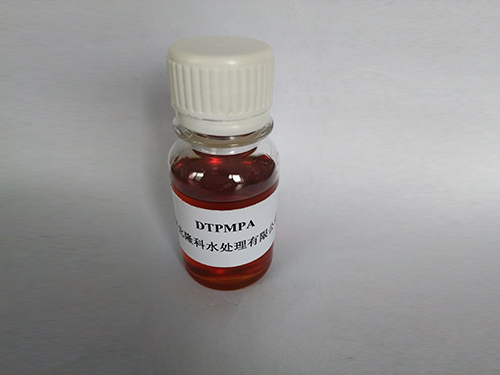poly aluminium chloride uses in water treatment
Poly Aluminium Chloride A Critical Component in Water Treatment
Poly Aluminium Chloride (PAC) is a widely used coagulant in water treatment processes, renowned for its efficacy and versatility. As an inorganic polymer, PAC is derived from the combination of aluminium hydroxide and hydrochloric acid, resulting in a compound with multiple positive charges. This unique structure allows PAC to effectively destabilize suspended particles in water, making it an essential agent in purifying drinking water and treating wastewater.
One of the primary uses of PAC in water treatment is as a coagulant in the flocculation process. When introduced to water, PAC dissociates into aluminium ions, which interact with negatively charged particles such as silt, bacteria, and organic matter. This interaction neutralizes the negative charges of the particles, causing them to clump together, or flocculate. The resulting larger particles are then easier to remove through sedimentation or filtration. This process is crucial in ensuring that water meets safety standards for human consumption and environmental discharge.
The advantages of using PAC over traditional coagulants, such as aluminum sulfate, are numerous. PAC operates effectively across a broader pH range, enabling it to function efficiently in various water conditions. Its higher charge density allows for lower dosages to achieve the same or better results, which can lead to cost savings and a reduction in chemical sludge generation. Additionally, PAC has been shown to improve the removal of colour and organic compounds, making it particularly useful in treating surface water that is high in tannins and other natural organic matter.
poly aluminium chloride uses in water treatment

Furthermore, PAC is increasingly being adopted for use in the treatment of industrial wastewater. The effectiveness of PAC in various applications, from textile effluents to oil refinery discharges, has made it a preferred choice across different industries. Its ability to enhance the removal of heavy metals and phosphates aligns with growing environmental regulations and the need for sustainable practices in wastewater management.
Another area where PAC is gaining attention is in the production of potable water from brackish sources or seawater. As global water scarcity increases, the use of PAC in desalination plants is becoming more common. It aids in the clarification process, significantly improving the quality of the water produced.
In conclusion, Poly Aluminium Chloride serves as a critical component in modern water treatment systems. Its effective coagulation properties, cost-efficiency, and adaptability to various water qualities make it indispensable for both potable water treatment and industrial applications. As water quality regulations become more stringent and the demand for clean water intensifies, PAC will undoubtedly continue to play a pivotal role in safeguarding public health and protecting our water resources.
-
Understanding Polycarboxylic Acids: Properties, Applications, and Future PotentialNewsJul.28,2025
-
Scale Inhibitor Explained: How to Protect Your System from Limescale and Hard Water DamageNewsJul.28,2025
-
Scale and Corrosion Inhibitors: Essential Chemicals for Industrial Water System ProtectionNewsJul.28,2025
-
Polyaspartic Acid: A Biodegradable Polymer for Sustainable ChemistryNewsJul.28,2025
-
Isothiazolinones: A Versatile Antimicrobial Class with Industrial Power and Regulatory ChallengesNewsJul.28,2025
-
A Deep Dive into 2-Phosphonobutane-1,2,4-Tricarboxylic Acid (PBTC)NewsJul.28,2025





